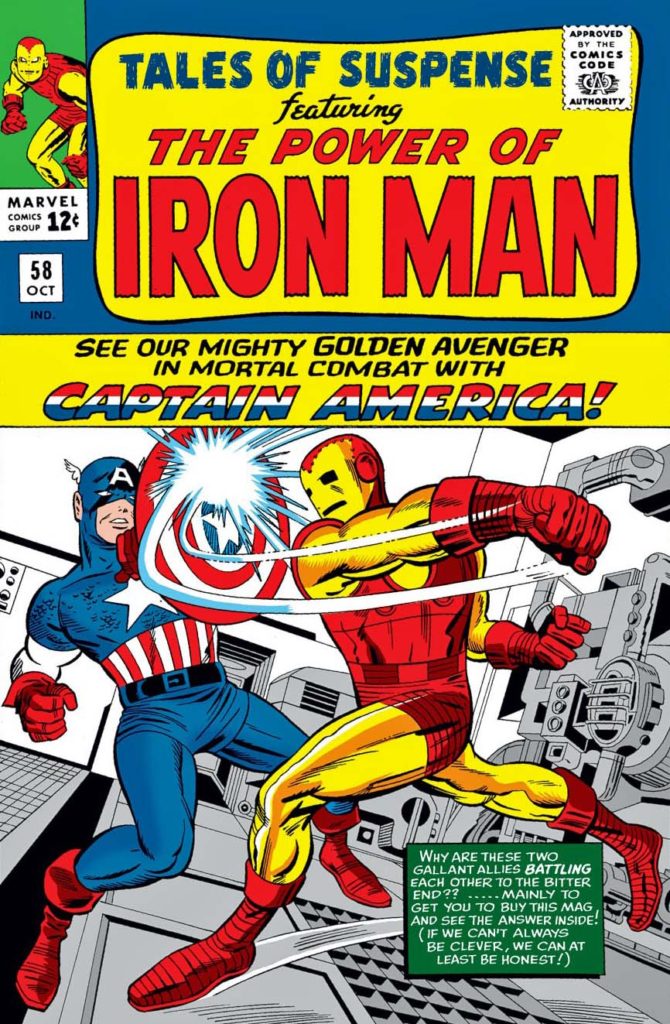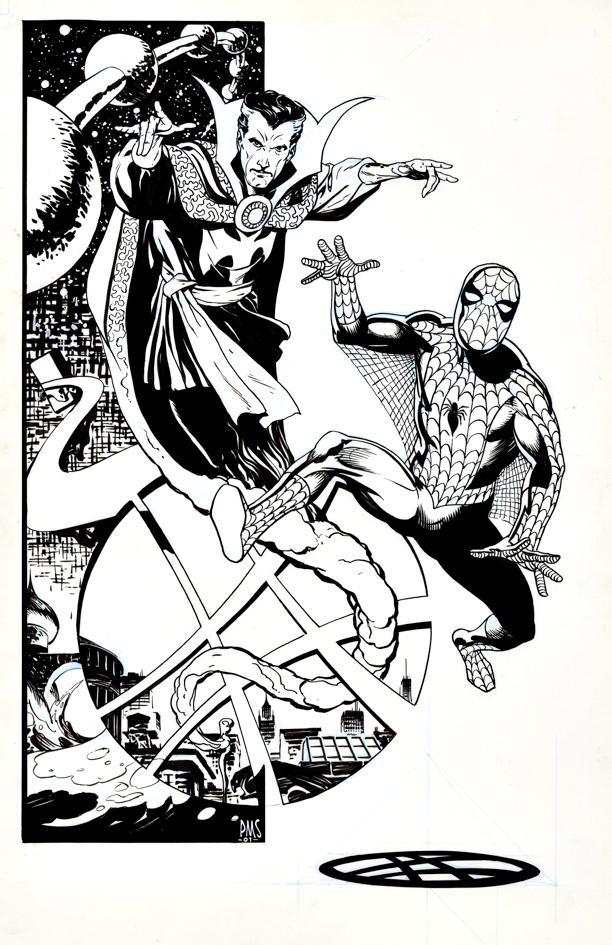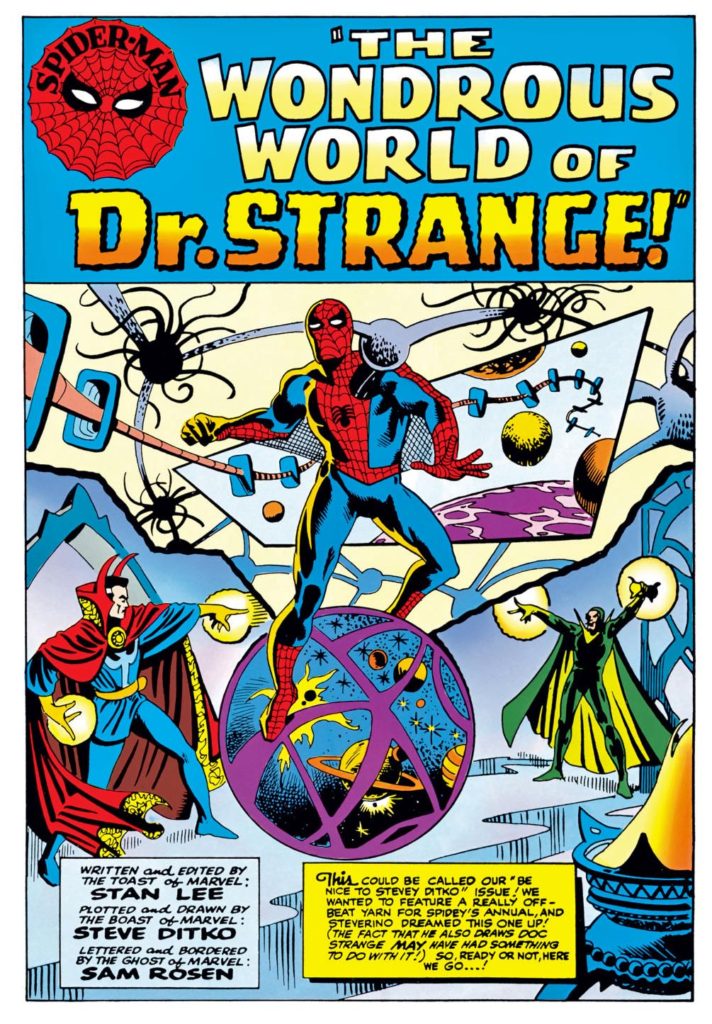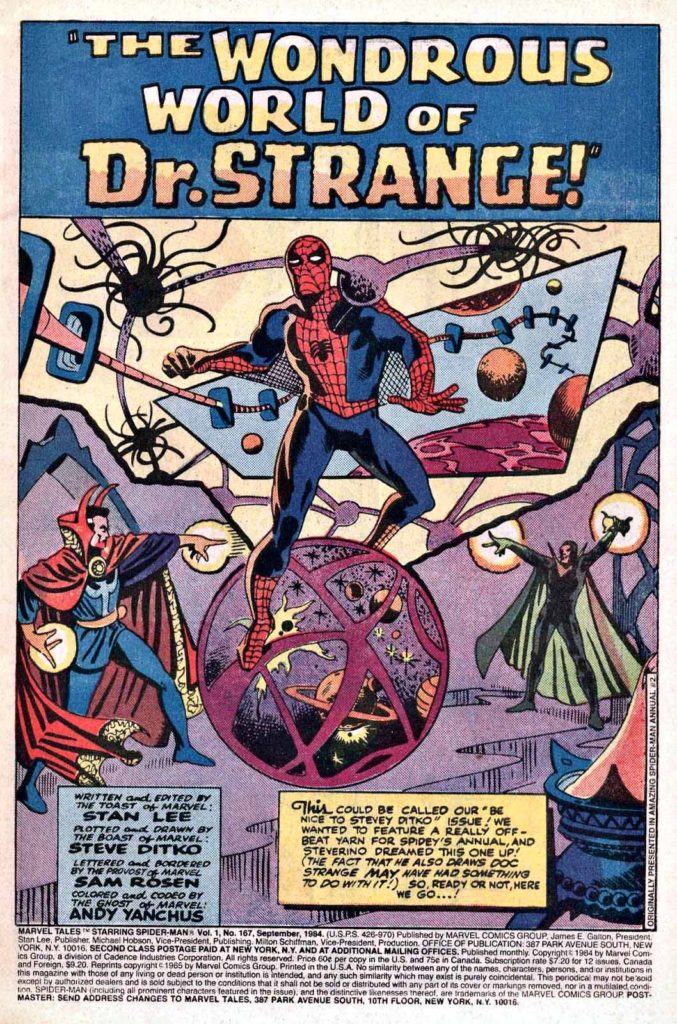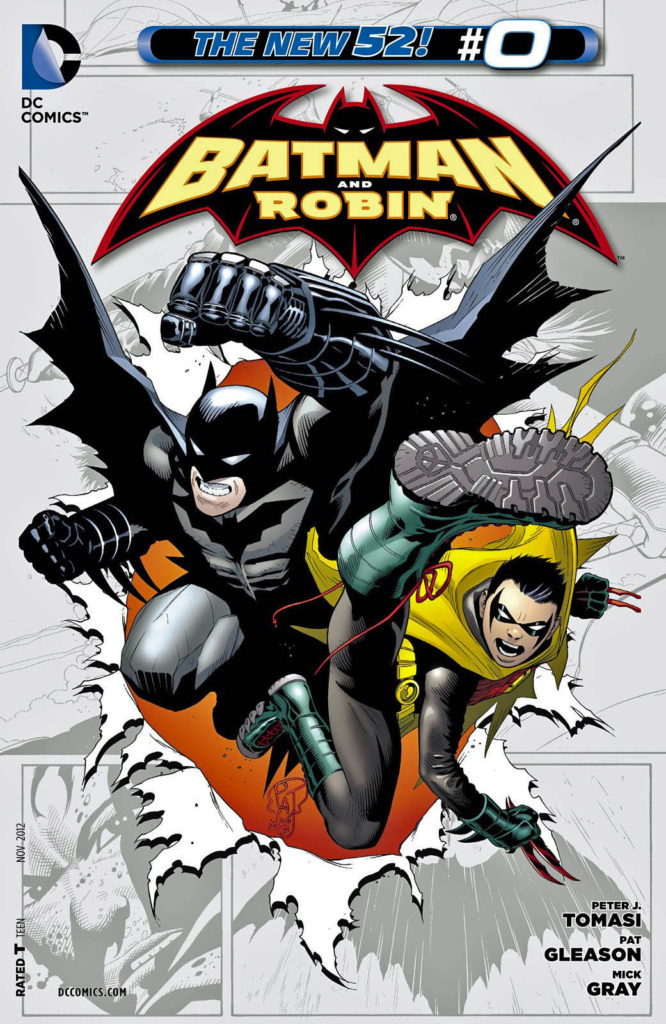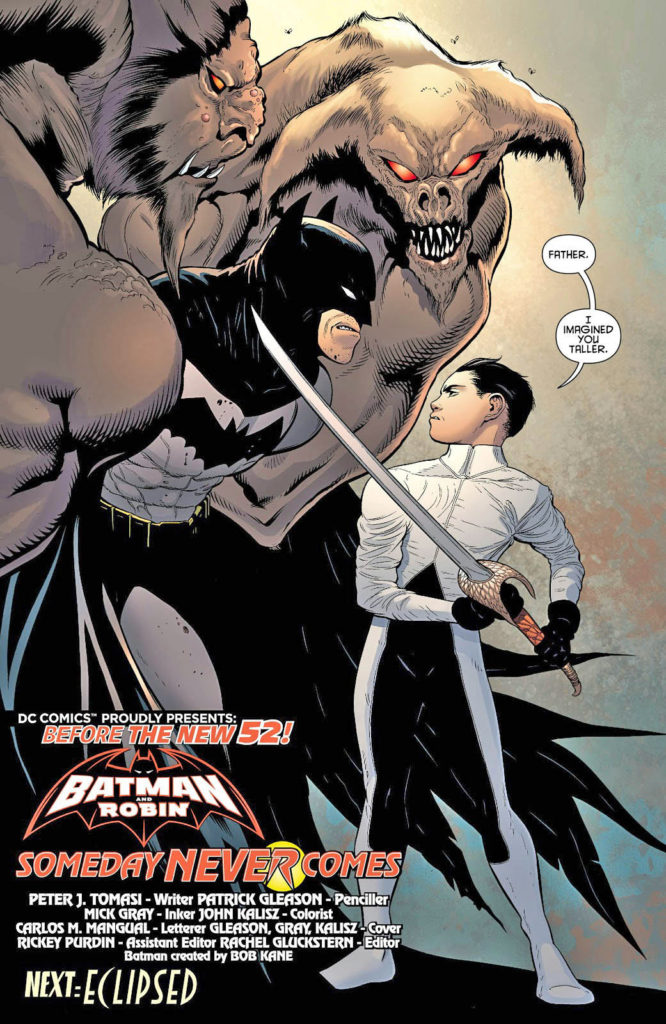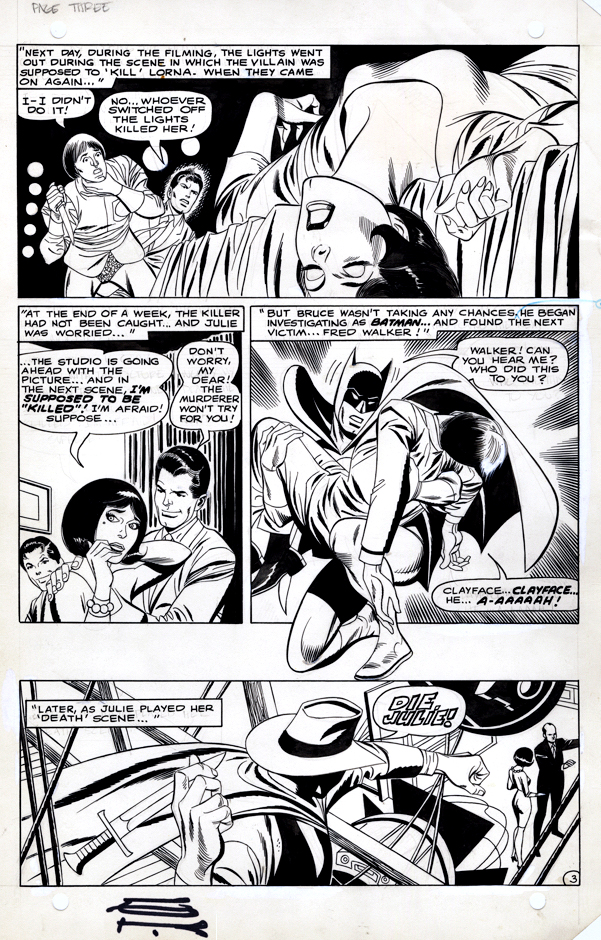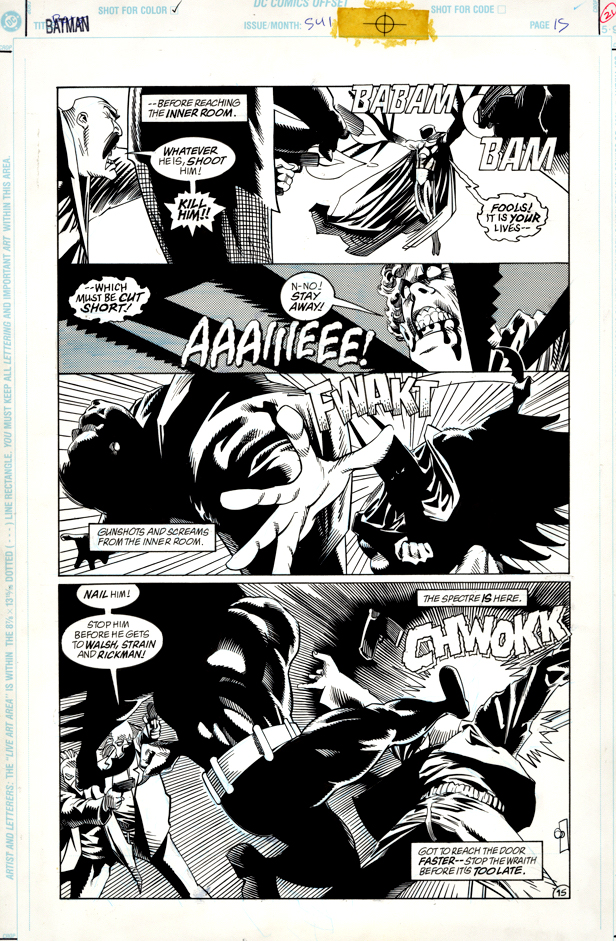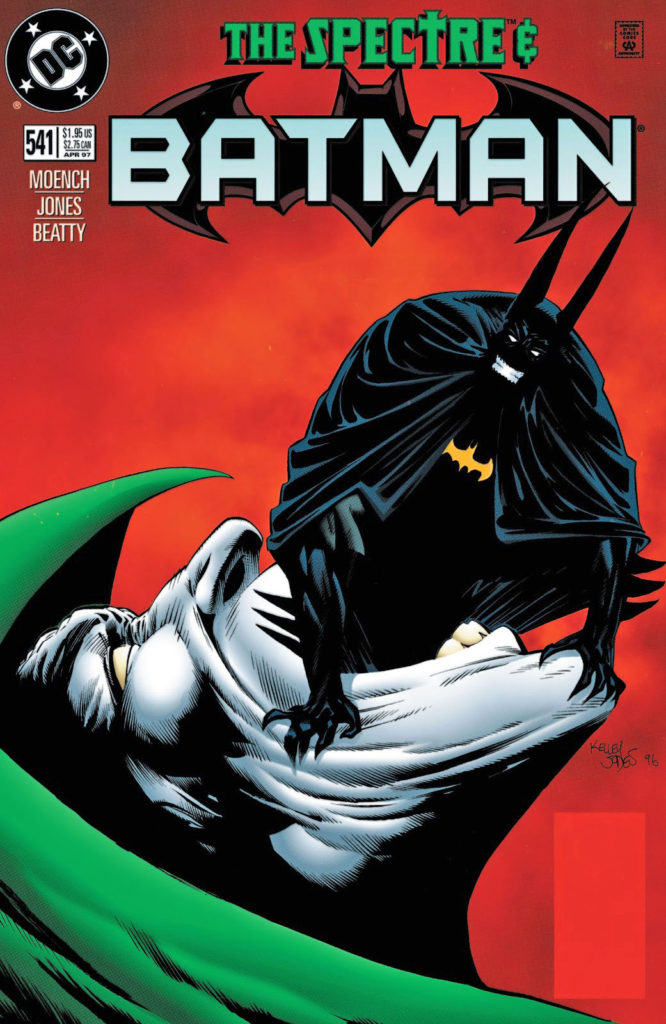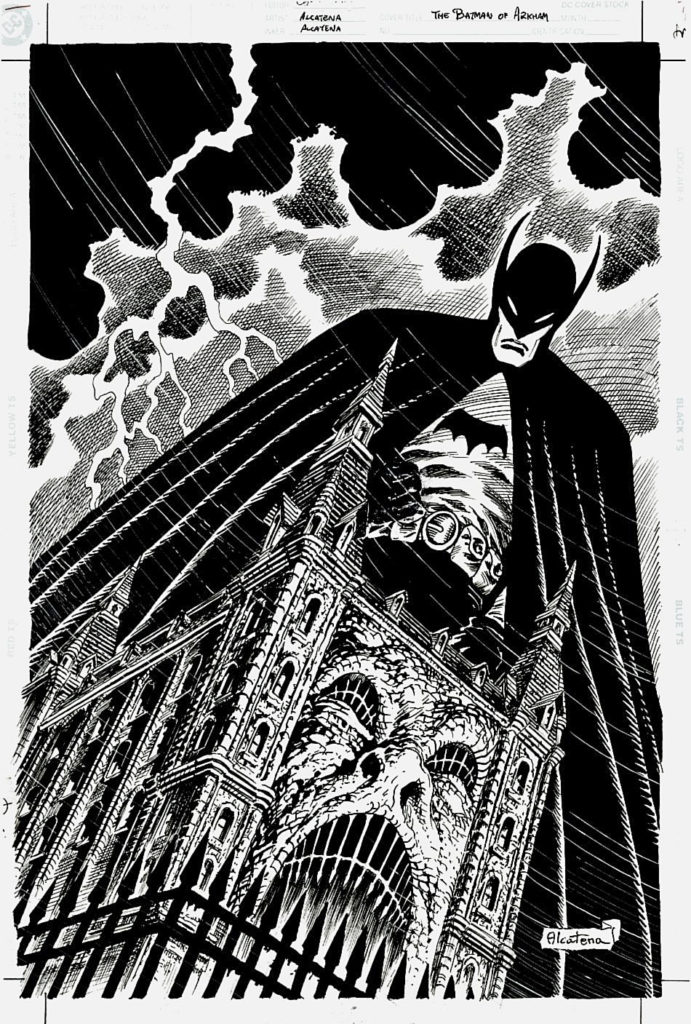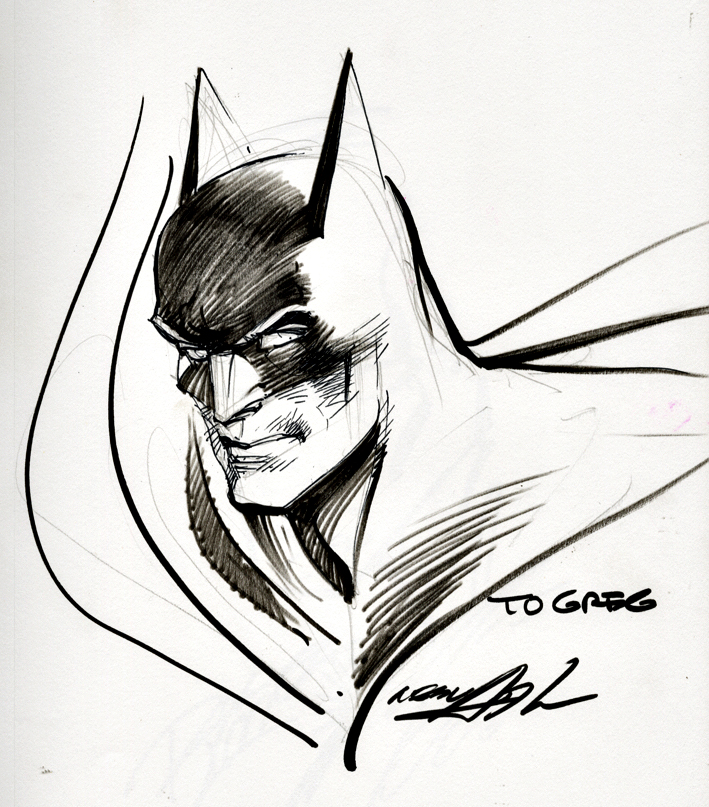Eduardo Barreto — Caught
Pin-up, Rocket’s Blast and Comic Collector (RBCC) #4, 2003
Kraven the Hunter, a classic Spider-Man nemesis, is getting his own film?
Er… ok.
I like the character, especially since I’ve been a fan of the legendary Richard Connell short story “The Most Dangerous Game” since, well, forever.
But… Kraven without Spider-Man is useless to me. Actually all of the Spider-man villains are pointless without the main protagonist.
What, exactly, was the point of the Venom film. A bad guy we root for? Especially one who looks like a monstrous version of… Spider-Man. Huh? What? Tom Hardy was fine as Eddie Brock as the title character, and the film looks great, but it is ultimately pointless. No Spider-Man, no Venom, as far as I’m concerned.
Of course, none of this apparently bothered mass audiences whatsoever. Venom grossed more than $800 million worldwide.
And so, back to Kraven. I would love to see him, even as cameo in Spider-Man 3, before we get to a feature length Kraven film.
In the meantime, the late Eduardo Barreto delivers a terrific splash of Spider-Man capturing Kraven with terrific tonal quality throughout. It appeared in Rockets Blast and Comic Collector #4, the final issue of the short-lived revival of the famous comics zine.
The one question I have is…. Why does Spider-Man look surprised? Did another wall-crawler grab Kraven first? Is this an early and prescient look at the Spider-verse?
But I digress.
Barreto, a Uruguayan artist who passed away at the too young age of 57, was better known for some excellent work at DC (New Teen Titans, Batman, Superman, et al), but his first actual US assignment was in fact Spider-Man, inking Marvel Team-Up #88, featuring Spidey and The Invisible Girl.
As for the actual Spider-Man 3 villains? Start with Scorpion, who is in the Easter egg at the end of Spidey 1, along with possibly the Vulture (ditto), and head down the rabbit hole from there…
And you never know… maybe Kraven after all.





